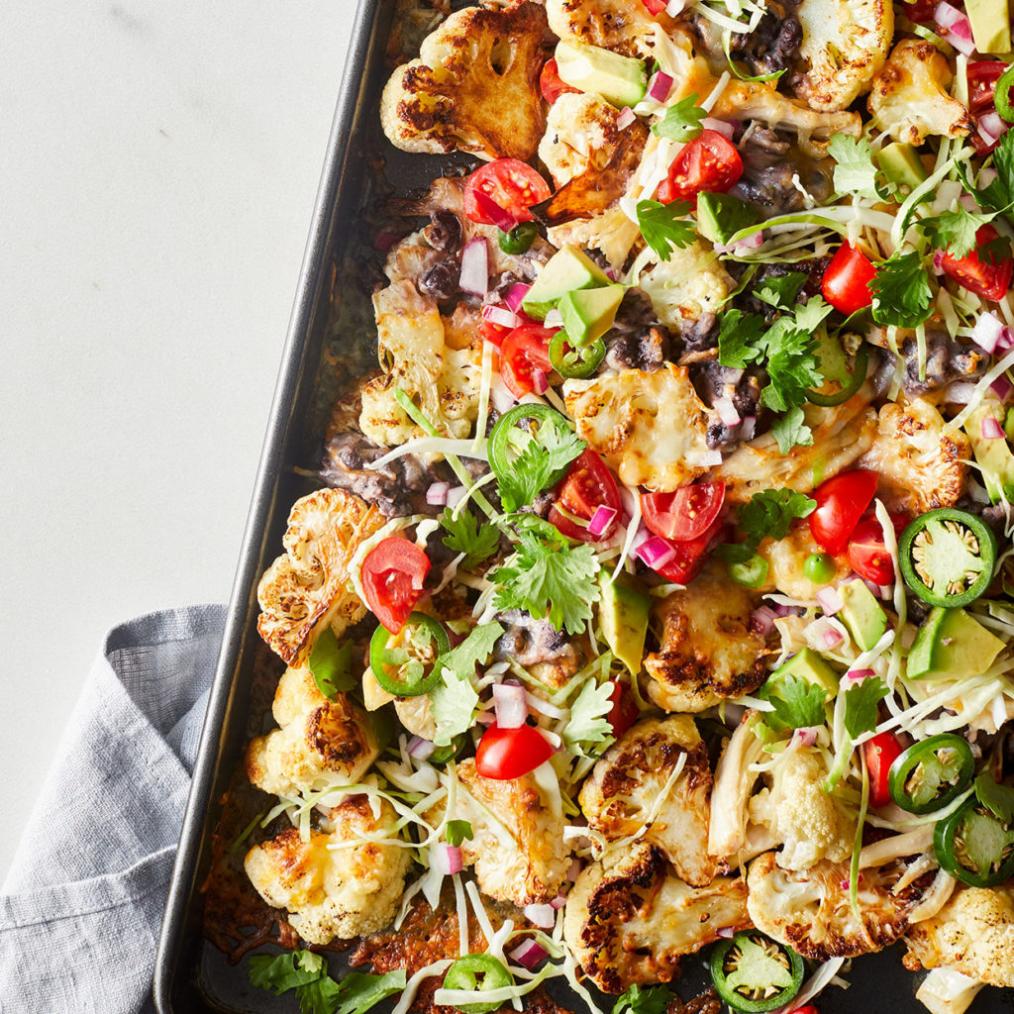How Can Anti-Inflammatory Recipes Reduce Joint Pain and Stiffness?
Joint pain and stiffness are common problems that can affect people of all ages. They can be caused by a variety of factors, including injury, arthritis, and autoimmune diseases. While there is no cure for joint pain and stiffness, there are a number of things that can be done to manage the symptoms, including following an anti-inflammatory diet.

Understanding Inflammation
Inflammation is a natural response of the body to injury or infection. It is characterized by redness, swelling, heat, and pain. In the case of joint pain and stiffness, inflammation can be caused by a number of factors, including:
- Injury to the joint
- Arthritis
- Autoimmune diseases
- Infection
Inflammation can lead to joint pain and stiffness by causing the synovial membrane, which lines the joint, to produce excess fluid. This fluid can build up and put pressure on the joint, causing pain and stiffness. Inflammation can also damage the cartilage that cushions the joint, leading to further pain and stiffness.
Anti-Inflammatory Foods And Nutrients
There are a number of foods and nutrients that have been shown to have anti-inflammatory properties. These include:
- Omega-3 fatty acids (found in salmon, flaxseed, and walnuts)
- Fruits and vegetables (especially berries, leafy greens, and cruciferous vegetables)
- Whole grains
- Spices (such as turmeric, ginger, and garlic)
- Healthy fats (such as olive oil and avocado)

These foods and nutrients work to reduce inflammation by:
- Blocking the production of inflammatory cytokines
- Reducing the activity of inflammatory enzymes
- Promoting the production of anti-inflammatory mediators
Anti-Inflammatory Recipes
There are a number of anti-inflammatory recipes that can be easily incorporated into a regular diet. Some examples include:
- Anti-inflammatory smoothie: This smoothie is made with berries, leafy greens, and Greek yogurt. It is a good source of antioxidants and anti-inflammatory nutrients.
- Turmeric-spiced chicken stir-fry: This stir-fry is made with turmeric, ginger, and garlic. These spices have all been shown to have anti-inflammatory properties.
- Mediterranean-style grilled fish with roasted vegetables: This dish is made with grilled fish, roasted vegetables, and a drizzle of olive oil. It is a good source of omega-3 fatty acids and antioxidants.
- Quinoa salad with berries and nuts: This salad is made with quinoa, berries, nuts, and a vinaigrette dressing. It is a good source of fiber, protein, and antioxidants.
- Green leafy vegetable soup: This soup is made with leafy greens, broth, and vegetables. It is a good source of vitamins, minerals, and antioxidants.
These are just a few examples of anti-inflammatory recipes that can be enjoyed as part of a healthy diet. By incorporating these recipes into your regular diet, you may be able to reduce joint pain and stiffness and improve your overall health.
Benefits Of Anti-Inflammatory Recipes
There are a number of potential benefits to incorporating anti-inflammatory recipes into a regular diet, including:
- Reduced joint pain and stiffness
- Improved joint mobility
- Decreased inflammation
- Enhanced overall well-being
A number of scientific studies have shown that anti-inflammatory diets can be effective in reducing joint pain and stiffness. For example, a study published in the journal Arthritis & Rheumatology found that a diet rich in fruits, vegetables, and whole grains was associated with a reduced risk of knee pain. Another study, published in the journal BMC Complementary and Alternative Medicine, found that a diet rich in omega-3 fatty acids was associated with a reduced risk of rheumatoid arthritis.
Practical Tips For Incorporating Anti-Inflammatory Recipes
Here are a few practical tips for making anti-inflammatory recipes a part of your daily life:
- Start small and gradually increase the frequency of anti-inflammatory meals.
- Experiment with different recipes to find ones that suit your personal taste preferences.
- Make anti-inflammatory recipes accessible by meal prepping or batch cooking.
- Consider dietary restrictions and allergies when choosing recipes.
By following these tips, you can easily incorporate anti-inflammatory recipes into your regular diet and enjoy the many benefits they have to offer.
Anti-inflammatory recipes can be a helpful way to reduce joint pain and stiffness. By incorporating these recipes into your regular diet, you may be able to improve your joint health and overall well-being.
YesNo

Leave a Reply